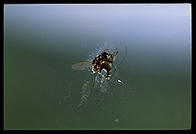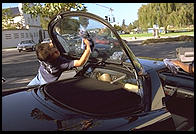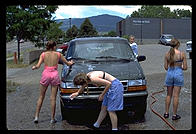
Cleaning Airplane (and Helicopter) Windows
by Philip Greenspun in February 2006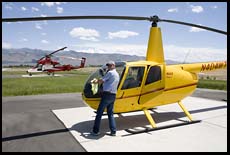

|
Cleaning Airplane (and Helicopter) Windowsby Philip Greenspun in February 2006 |

|
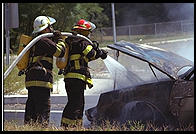 Airplane windows and helicopter bubbles are just like the windows in
your house... except that they scratch 100 times as easily and cost 100
times as much. I wish that students would ask "How do I clean an
airplane window?" or "How do I clean a helicopter bubble?" but instead
they invariably grab a dry paper towel, one of the most abrasive devices
on the planet, and rub the grit into the $5,000 bubble or $1,000 window.
Airplane windows and helicopter bubbles are just like the windows in
your house... except that they scratch 100 times as easily and cost 100
times as much. I wish that students would ask "How do I clean an
airplane window?" or "How do I clean a helicopter bubble?" but instead
they invariably grab a dry paper towel, one of the most abrasive devices
on the planet, and rub the grit into the $5,000 bubble or $1,000 window.
Glass is heavy. Airplanes need to be light. Thus, airplane windows are made of acrylic, popularly known as Plexiglas or "plastic." Plastic scratches much more easily than glass, which is why new airplane owners and renter pilots need to be educated.
Here are the steps:
